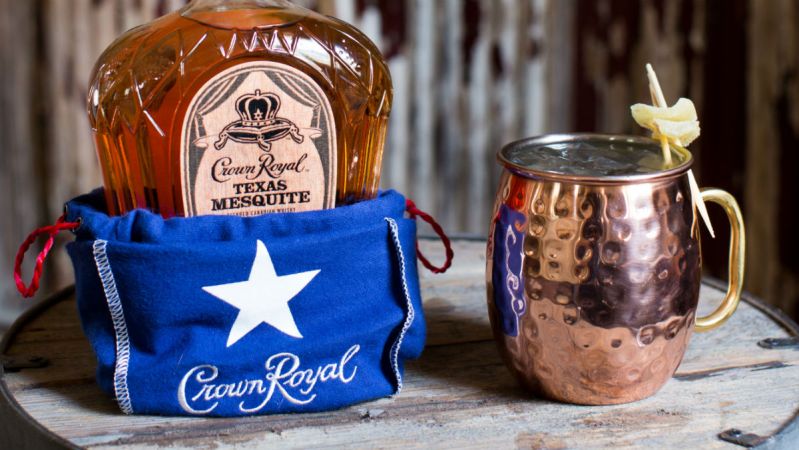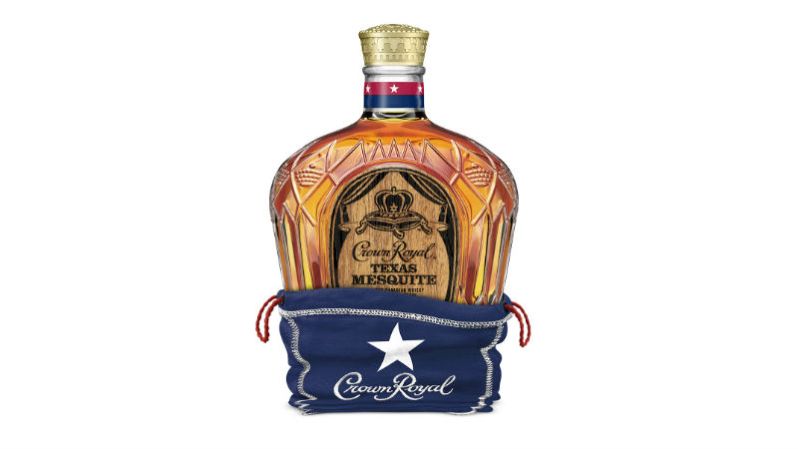
If you’re looking for a Canadian whisky fix, Crown Royal’s got you. The well-known brand recently released two brand-new, special-edition whiskies to the lineup. At two different price points, Crown Royal is offering drinkers a couple different ways to expand their whisky collections this summer.
The first new addition, Crown Royal Texas Mesquite, is a nod to the Canadian oil workers that brought Crown with them when they went to work in the oil fields of Texas over half a century ago. The base for this release is a blended Canadian whisky that is then infused with Texas mesquite flavor. On the nose, you’ll get a distinct charcoal smokiness, with some vanilla and caramel underneath. The palate is sweet, with a barbecued vanilla flavor that is followed by caramel and some more smoky notes. The finish is medium-length and has a sweet corn and barbecued meat finish.

This is not the first big brand to come out with a mesquite whiskey; Wild Turkey — along with creative director Matthew McConaughey — put out Longbranch earlier this year. The biggest difference between the two is the implementation of the mesquite flavor. Longbranch is filtered through mesquite charcoal while Crown Royal Texas Mesquite is infused with mesquite flavor.
Crown Royal Texas Mesquite is being positioned as a summer barbecue mixer in drinks such as a Texas Mesquite Mule (Texas Mesquite, lemon juice, agave syrup, and ginger beer). The whisky is 40 percent ABV and retails for around $25.

The second release, Crown Royal 13-Year-Old Blenders’ Mash, is the third expression in the Noble Collection. It comes from a rare stock of Crown Royal’s Canadian whisky and is composed of 60 percent corn, 36 percent rye, and 4 percent barley malt aged in new American white oak barrels for no less than — you guessed it — 13 years. It also happens to be one of the five whiskies that make up Crown’s signature blends.
On the nose, you’ll find orchard fruits, butterscotch, and toasted oak notes. The palate is rich in toffee, vanilla, and caramel (hallmarks of high corn mash bills). The finish is medium to long with more toasted oak, vanilla, and some spice characteristics coming through. It is bottled at 45 percent ABV and retails for around $60.
Want to learn more about Canadian whisky in general? Check out our interview with the man who literally wrote the book on it, Davin de Kergommeaux.



